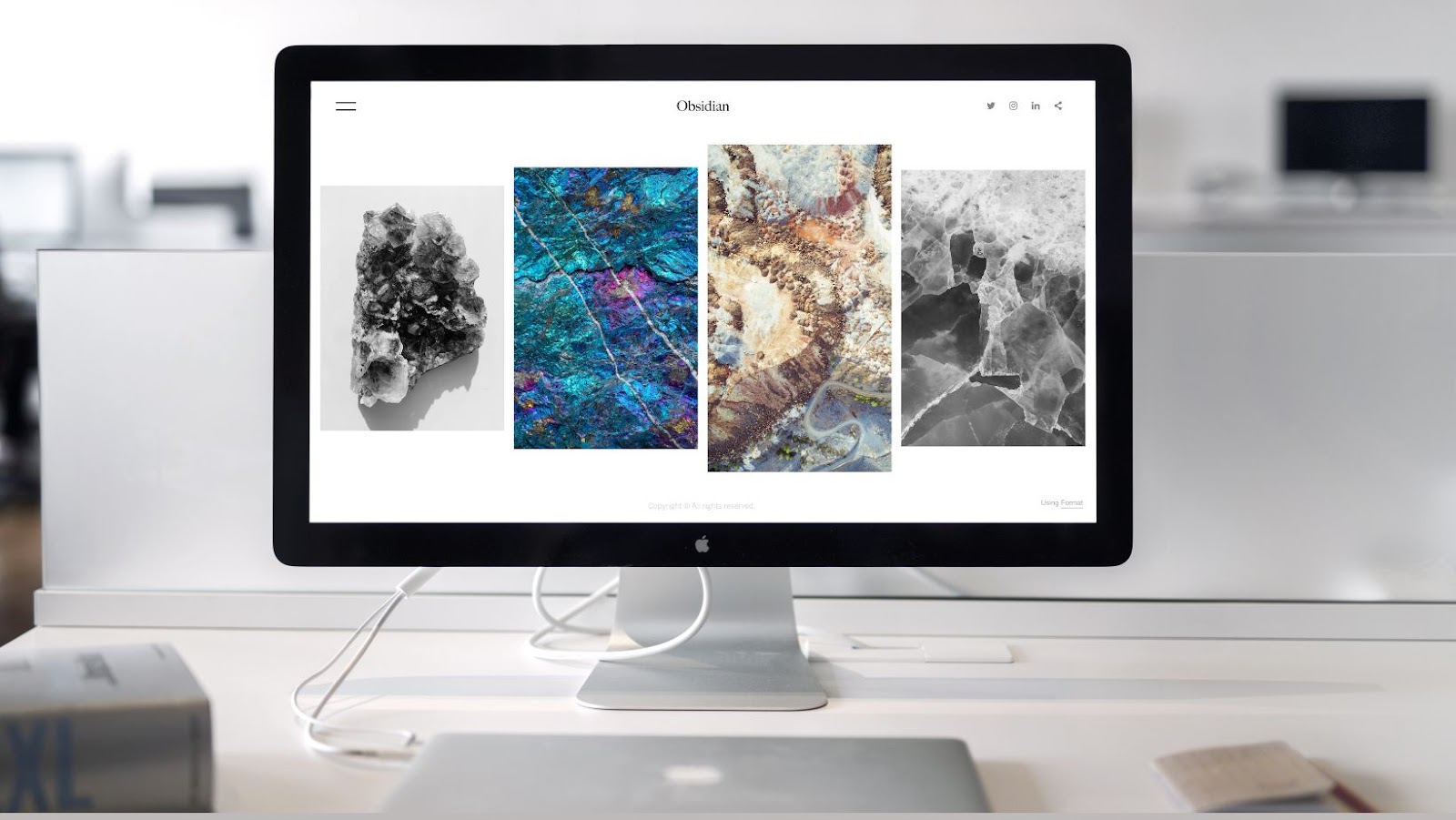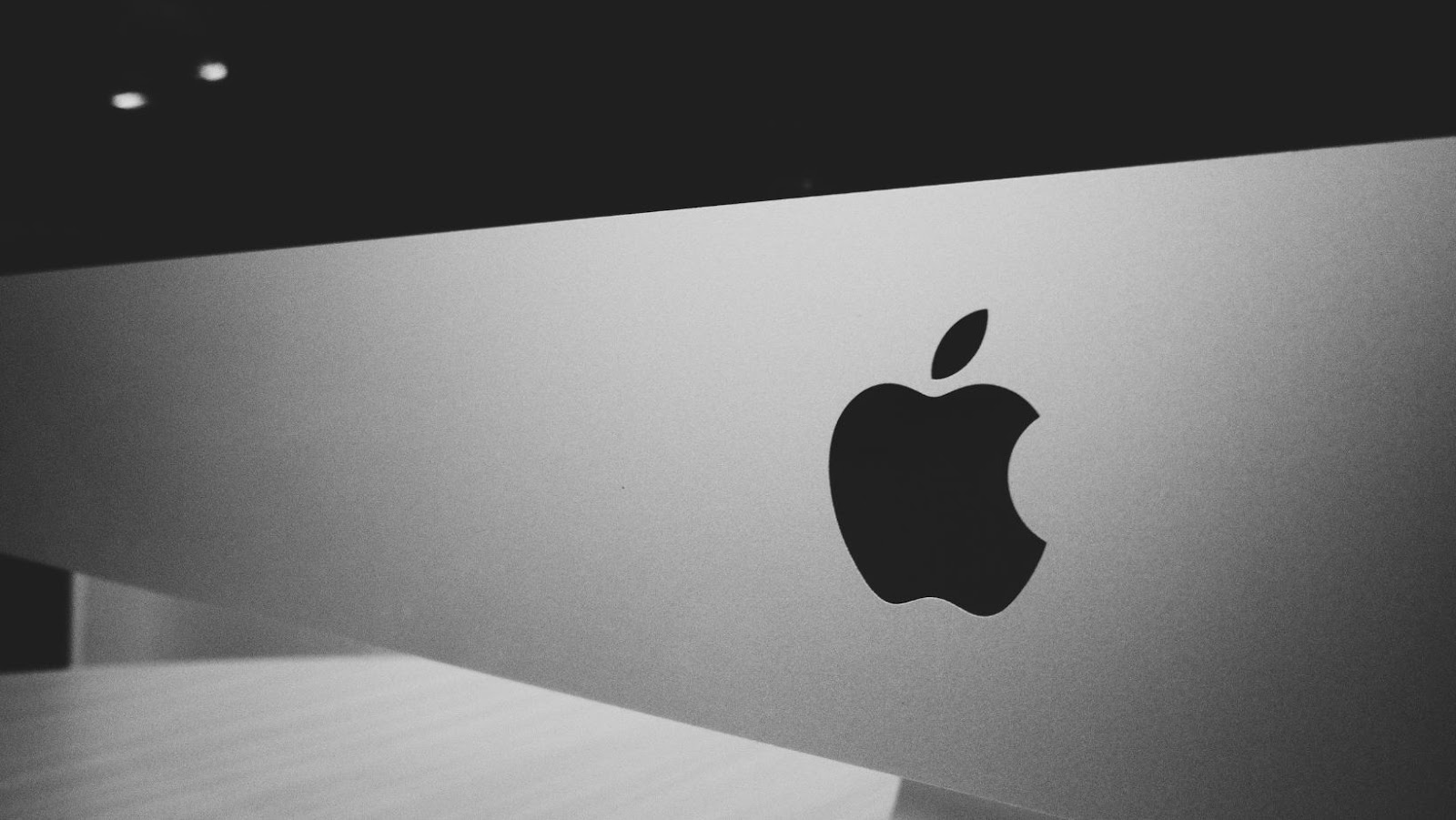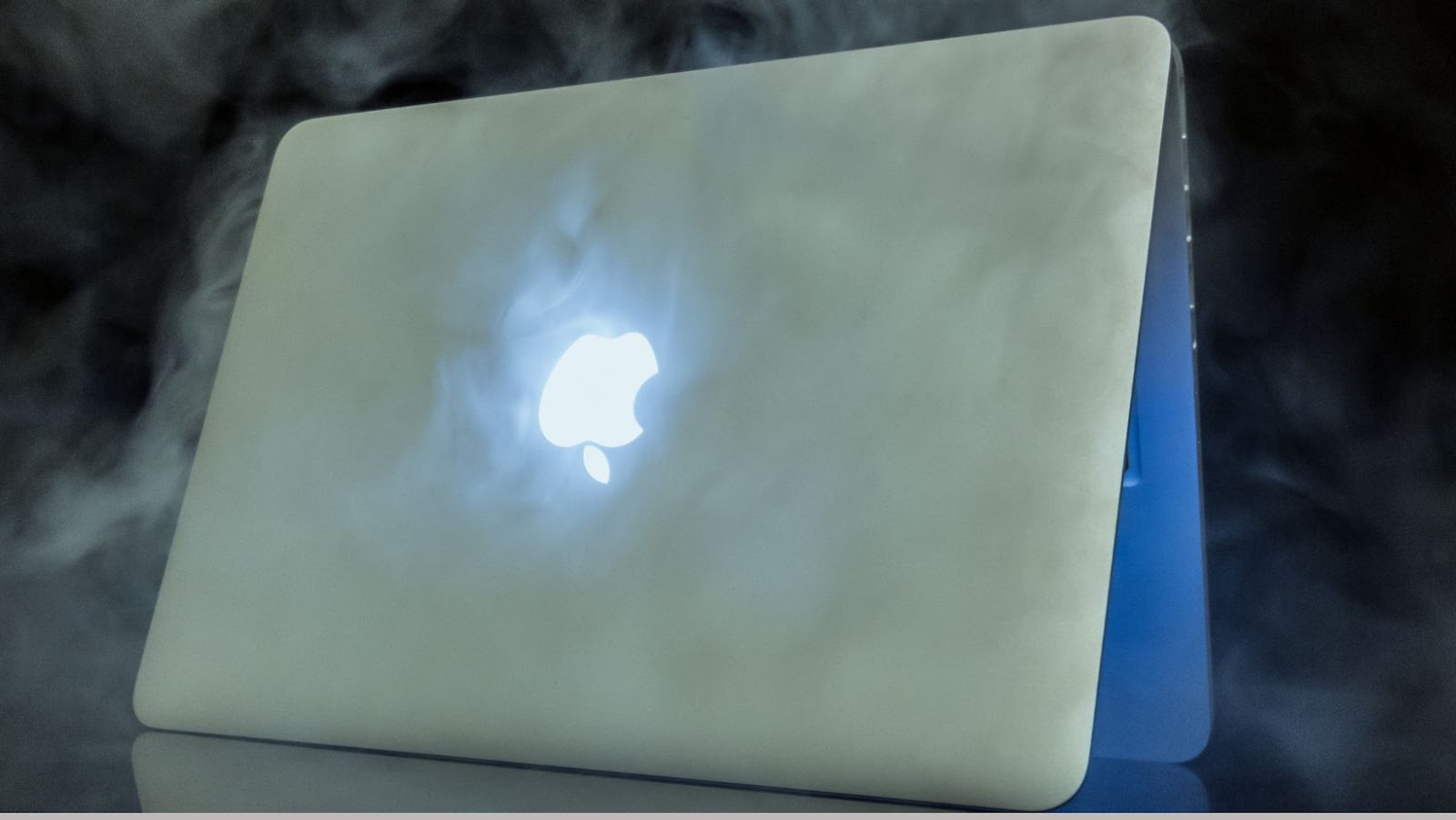
Apple is reportedly developing a technology that could give its products an edge. According to various reports, the company works with several suppliers on miniLED screens. This would be used in its anticipated 2021 MacBook Pros and iPads, giving them superior picture quality and improved battery life.
The technology – first reported by reputable Apple analyst Ming-Chi Kuo – suggests that Apple’s devices may have an edge over competitors for some time. Recent advances in LED screens have enabled this new technology, allowing for improved picture quality and wider color gamut compared to traditional LED screens. In addition, miniLEDs offer higher contrast ratios and less eyestrain from bright backlit displays compared to LCD panels.
Aside from improved image quality, power consumption is expected to be lower using this newer tech due to the finer pixel arrangement on miniLEDs. This could help significantly extend battery life while keeping device heat in check as miniLEDs are more efficient than traditional LED backlighting systems. Furthermore, as miniLEDs are generally dimmable, it could result in even brighter displays for Macbooks or iPads when needed with minimal power draw when not required.
Considering the market potential of such devices, it’s easy to see why Apple may be looking at including this new cutting-edge solution in their products soon. With the help of a few key suppliers, Macbook shipment growth could be powered by miniLED screen upgrades soon enough.
Background
Apple is working with several suppliers on the miniLED screens which will upgrade their current MacBooks. This development was brought to light by analyst Ming-Chi Kuo, who reported that this upgrade will drive the shipment growth of Apple’s MacBooks. However, the exact timeline of the launch of the miniLED screens is yet to be known.
In this article, we will discuss this development’s background and other details.
Apple’s Plans for MiniLED Screens
Apple Inc. is reportedly working with multiple suppliers to prepare an upgrade of its laptops with new miniLED screens. According to renowned analyst, Ming-Chi Kuo, the Cupertino giant is expected to ramp up production of these devices during the second quarter and launch devices featuring these advanced displays in 2021.
MiniLED screens are a relatively new technology for iPad Pro and Pro Display XDR. The upcoming iPads are expected to feature MiniLED’s which offer higher brightness levels and even better contrast ratios than current LCD panels. Similarly, Apple’s MiniLED displays will offer superior control over local dimming, a feature already on its OLED panels. This combination would offer users a cinema-grade HDR experience and improved power efficiency compared to regular LCD panels.
Kuo also predicts that shipments of Mac computers featuring miniLED will increase when Apple officially launches them later this year – leading to growth in Mac device sales for 2021. Although we still don’t know much about these upcoming releases, Kuo believes they may ‘gradually shift consumer demand’ and outsell standard LCD models. If so, this could begin a larger trend for laptops incorporating miniLEDs and other screens relying on backlighting technologies like Micro LED!
Supplier Partnerships
Apple is securing partnerships with four to six manufacturers to jointly produce miniLED displays in 2020. MiniLED technology offers many of the benefits of OLED but is more cost effective and can be well-suited for Mac devices requiring larger panels than those necessary for iPhones and iPads.
According to analyst Ming-Chi Kuo, the most notable benefit associated with miniLED technology compared to traditional LCDs is its superior brightness and contrast levels and improved color performance through local dimming control. Kuo also claims that this display upgrade will give Apple a competitive advantage as other laptop models still use standard LCDs, giving Macs an edge in style and function.
The rumored partnerships also suggest that Apple may bring miniLED screens beyond its current lineup of laptops and desktops into other products such as professional monitors, specifically citing a 31.6HInch 6K display designed for pro studios, in addition to introducing them into iOS devices when the time arises. Additionally, with mini LED technology extending further into the device ecosystem, there has been speculation that Apple is focusing on improving iPad Pro’s updates throughout 2020 by adding features like increased battery life and 5G support.
Regardless, Apple making these investments suggests they are exploring options towards increasing MacBook shipment growth through better efficiency gains from miniLED screens and more cutting-edge technology upgrades across their product lines throughout 2020.
Benefits of MiniLED Screens
It has been widely reported that Apple is working with suppliers on miniLED screens.
With miniLED screens, the display is more energy efficient, provides greater brightness and contrast and allows for more finely controlled backlighting.
This article will delve into the benefits of miniLED screens and why it is a great upgrade for Apple devices.
Improved Brightness and Contrast
MiniLED displays offer many advantages over traditional LED displays, such as improved brightness and contrast.
MiniLEDs are tiny LEDs containing hundreds to thousands of micrometer-scale LED elements that can be packed into a small space. These LEDs can create a wide range of contrast ratios, making images appear more vivid and true-to-life.

Using local backlight dimming technology, miniLED displays can produce deeper black levels and brighter whites than conventional LED displays. This enables the display to reach higher color depths and luminance levels while improving the overall viewing experience.
Furthermore, miniLED technology enables manufacturers to create thinner and lighter displays with greater energy efficiency than traditional LED technology might offer.
Enhanced Color Accuracy
MiniLED screens boast enhanced color accuracy and can show higher dynamic range and deeper blacks than a standard LCD screen. They also offer better balanced brightness, and provide more flexibility for HDR implementation. This also makes them great for video playback with fast-moving action, reducing noise artifacts and blur.
MiniLED screens are thought to have a longer lifecycle than current LCD technology, helping users see the same level of quality over time without any degradation in performance. In addition, according to some sources, Apple’s miniLED screens are said to have reduced power consumption. This would make Macs more efficient and reduce their total heat output.
Lower Power Consumption
MiniLED screens are a great choice for anyone looking to reduce their power consumption. These screens require less electricity to light, resulting in a reduction in energy costs. Furthermore, because they emit less heat, miniLED displays can help keep your laptop or device cool, resulting in better battery life and system performance. Finally, the compact form factor of miniLED screens makes them ideal for ultra-thin devices without sacrificing display quality or clarity.
In addition to the power savings of miniLED screens, they offer enhanced picture clarity and higher contrast ratio than other LCD technology on the market today. This improved display quality is achieved by using many small LED backlighting instead of traditional LCD lights, creating a higher dynamic range with deeper blacks and brighter whites than ever before. The benefits of using this technology go beyond image detail and resolution; it allows for improved viewing angles and provides more accurate color accuracy by individually calibrating each LED backlight within the panel display.
Kuo: MacBook shipment growth powered by miniLED screen upgrade
According to analyst Ming-Chi Kuo, Apple’s introduction of miniLED screens in its MacBooks could see significant shipment growth. This could have a large impact on the market, as it could potentially disrupt suppliers and customers.
This article will discuss the potential market impact of Apple’s upcoming miniLED screens.
Increased MacBook Shipments
The analyst Ming-Chi Kuo has reported that the upcoming release of the miniLED screens will increase the shipment of MacBooks for Apple. This technology upgrade is expected to increase reliability and higher image quality for users, allowing them to experience enhanced clarity when using their MacBooks. This shift towards miniLED screens is part of a broader strategic effort by Apple to innovate their product line and offer consumers modern, reliable alternatives.

The analyst anticipates that the increasing MacBook shipments will benefit suppliers such as Career Technology, Radiant Photonics and Schenzhen Yuanxiankang Technology – all of whom are thought to have secured partnerships with Apple regarding its miniLED production plans. Should this speculation prove accurate, these partners stand to gain through higher demand in shipments as more people turn towards Apple products empowered by new technologies like miniLED screens.
Kuo has additionally predicted that China-based manufacturers Varitronix International, Foresee Optical • Industry Co., FIH Mobile (Foxconn) and Truly Semiconductors could also benefit from this upgrade – likely seeing a surge in orders from OEM clients who order components from these firms for their device designs.
Potential for Market Disruption
Taiwan-based Apple analyst Ming-Chi Kuo said that shipments of MacBook products with a miniLED screen are expected to grow significantly in 2021. This means that the growing demand for miniLED screens and potential market disruption it could cause should be considered.
Apple is working with several suppliers on this project, which can lead to:
1. Reduced pricing from the suppliers due to increased competition – Apple usually negotiates more favourable terms with its suppliers due to the high volume of orders and demand for components.
2. Increased competition between flagship laptops from different manufacturers – With more modern miniLED screen technology becoming increasingly easy to find and use, manufacturers will likely attempt to outdo each other by providing higher-cost laptops with superior display quality.
3. Increased preference from consumers – Consumers may start to prefer laptops with miniLED screens which could impact the sales of lower-end products using LCD or OLED displays
4. A potential avenue for Apple’s competitors in other countries – With the cost of these components coming down, competitors within certain countries or regions may be able to offer better consumer pricing compared to their foreign counterparts who can’t access discounted components through Apple’s supplier network.
These changes could impact current laptop manufacturers in terms of pricing competition and consumer preferences across multiple industries reliant on display technologies including TVs and portable devices such as phones and tablets. As a result, these companies must be aware of the potential market shifts before they occur instead of being caught off guard by industry changes they were unprepared for.
Conclusion
Based on supply chain sources, it is likely that Apple will be powering an upgrade to miniLED screens for its MacBooks. The increased brightness that these screens bring and the overall improvements in image quality and efficiency will help drive the growth of Apple’s MacBook shipment even further. Furthermore, with this increased demand for miniLED screens, there is a good chance that more suppliers will become involved in producing these screens, further consolidating Apple’s tight grip on the market.

Kuo’s prediction also accounts for other products with similar displays such as iPads and smartwatches. As a result, miniLED displays will likely become a standard feature in Apple devices in upcoming years. By switching to miniLED screen technology and working with multiple suppliers, Apple can improve its margins and gain a competitive edge over other manufacturers still relying on older technologies like LCDs or OLEDs.



